Snapshot
Democracy promotion is the term the US uses to describe efforts to penetrate and control emergent civil societies in targeted countries — those with regimes deemed unfriendly or unstable by policymakers.
This is not democracy. It is to politics what McDonald’s is to food.
— John Pilger
Origins
Began in the 1980s, expanded with the collapse of the Soviet block and the spread of the so-called colour revolutions.
In the 1980s, as People Power revolts across Asia transformed political dynamics, US global strategy changed from sole reliance on repressive military interventions and covert CIA actions to include a public component called “democracy promotion,” the attempt to penetrate and control emergent civil societies in targeted countries (those with regimes deemed unfriendly or unstable by American policymakers). Tens of millions of US dollars were poured into programs formerly managed by the CIA, such as creating “friendly” trade unions, political parties, feminist alliances, activist clusters, and media that would support US transnational interests. In combination with the National Endowment for Democracy, the AFL-CIO, the international committees of the Democratic and Republican parties, and the US. Chamber of Commerce, NGOs chosen by US officials were funded with the aim of building friendly voices within emergent civil societies in order to channel them into transnational alliances with global elites.
American policymakers are well aware that the radical impetus in the streets, if left to develop according to its own logic, could well continue to expand and become a threat to both US strategic military interests and corporate domination.
Often this effort required undermining indigenous radical formations that organically developed through struggles against US-backed dictatorships — as in the Philippines under Marcos or more recently in Egypt before the overthrow of Mubarak. The goal in both these cases was to suppress popular demands that arose from below. American policymakers are well aware that the radical impetus in the streets, if left to develop according to its own logic, could well continue to expand and become a threat to both US strategic military interests and corporate domination. US infiltration of indigenous civil society groups is often a preventative measure meant precisely to undermine movements’ radical potential. As James Petras observed during the Arab Spring, “The risk of waiting too long, of sticking with the dictator, is that the uprising radicalizes: The ensuing change sweeps away both the regime and the state apparatus, turning a political uprising into a social revolution." (In cases where entrenched regimes unfriendly to the United States cannot be overthrown through military intervention, such as Milošević in Yugoslavia, strategic nonviolent opposition led by NGOs was used as an alternative tactic.)
(Reprinted with permission from George Katsiaficas, Asia's Unknown Uprisings, Vol. II: People Power in the Philippines, Burma, Tibet, China, Taiwan, Bangladesh, Nepal, Thailand and Indonesia, 1947-2009. PM Press, 2013.)
Real world examples

What is it about Chavismo that allows it to play this critical role in sustaining the ideological fantasies of both the Trumpian ultra-right and the establishment “extreme center”?
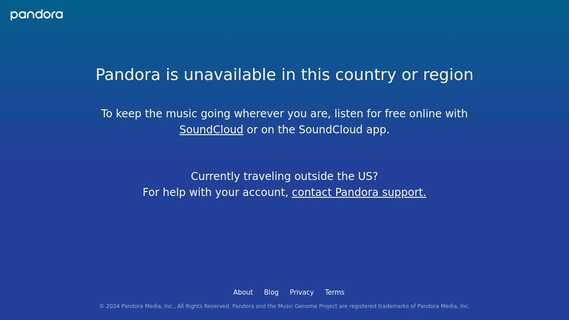
Guests Helen Yaffe, José Pertierra and Marta Núñez Sarmiento discuss the protests in Cuba during July 2021.
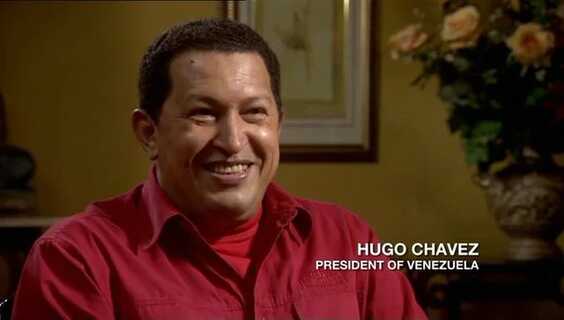
Journalist John Pilger explores the current and past relationship of Washington with Latin American countries such as Venezuela, Bolivia, and Chile.
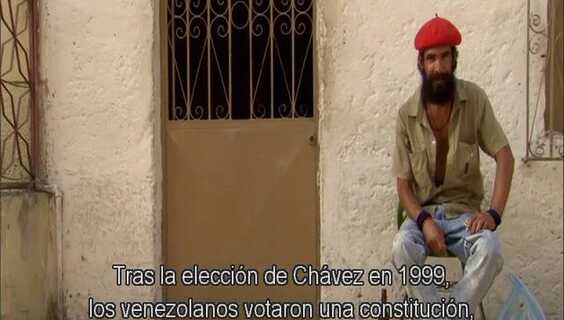
Documental por John Pilger. La historia del manipulación de países latinoamericanos por Estados Unidos durante los últimos 50 años.
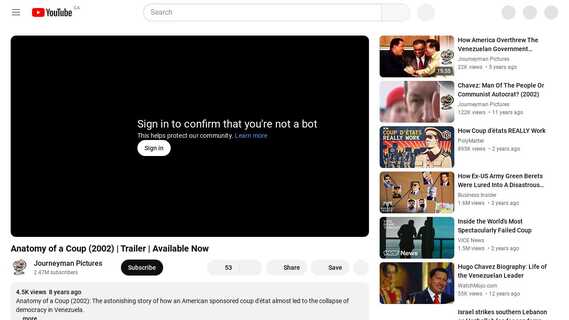
The astonishing story of how an American-sponsored coup almost led to the collapse of democracy in Venezuela.
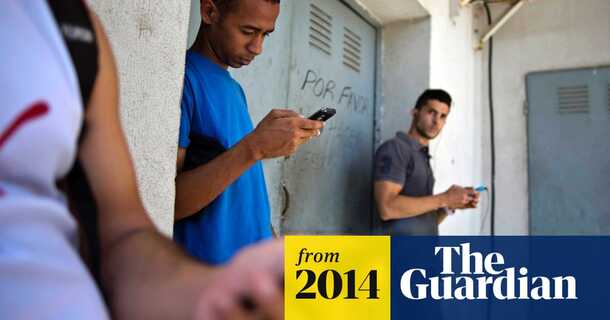
USAid started ZunZuneo, a social network built on texts, in hope it could be used to organize ‘smart mobs’ to trigger a Cuban spring.
